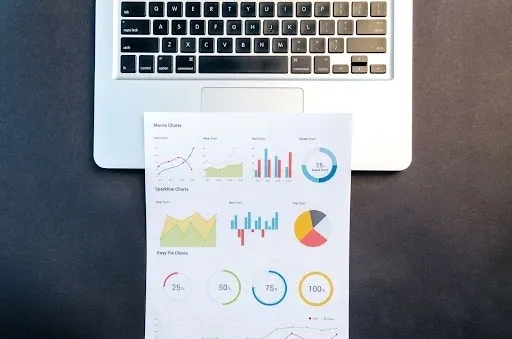
The Vital Role of Bookkeeping for Attorneys’ Financial Health
Table of Contents In the complex world of law, attorneys face a unique set of financial challenges. From managing trust

In order to keep your business healthy and to identify the risks for the future, a sales forecast is absolutely necessary. What is a sales forecast? A sales forecast is an expression of expected sales revenue. It’s a projection of how much money your business will make within a certain time period.
A sales forecast answers the questions:
It’s important to have a sales forecast to account for all of your resources as a business – the shipping of products, marketing costs, hiring new employees, etc. If your sales forecast is accurate, your business will perform as a well-oiled machine that meets the customer demand, and you may even get to invest the extra money if you exceed the expected revenue. If your forecast is inaccurate or off-course, your business could face challenges in product delivery, lack of profits, pricing, and more.
A sales forecast is a great framework to use when scaling your business and determining future success. Check out our blog, “What Does It Mean to Scale Your Business?” to learn more.
Depending on your team, your sales forecast can be designed by your product leaders, your sales leaders, or your sales reps. Product leaders will be able to tell you which products will be available and when. Sales leaders will have the exact numbers that their teams can deliver, and the sales reps report their own numbers to the managers.
All departments can typically use sales forecasts. For example, the finance department will use this framework to decide on annual or quarterly investments, product leaders will use it to plan for new products based on the demand, and the HR department will use the forecast to determine the hiring needs if the business is growing.
To design a sales forecast, focus on three main objectives:
As you can see, a sales forecast is not a task you can complete as “one and done”. You must always be developing or reevaluating your forecast to better serve your customers and your business. If you would like more information on how to create a sales forecast, check out this detailed guide by Salesforce.
At Assemblage, planning for the future of your business is part of our services! Through a business strategy, we can help you identify the key steps to take so you can reach your business goals.
Contact us today, and tell us how we can be an asset to you!

Table of Contents In the complex world of law, attorneys face a unique set of financial challenges. From managing trust

Table of Contents Small businesses often encounter a unique set of challenges as they seek to expand. From limited resources